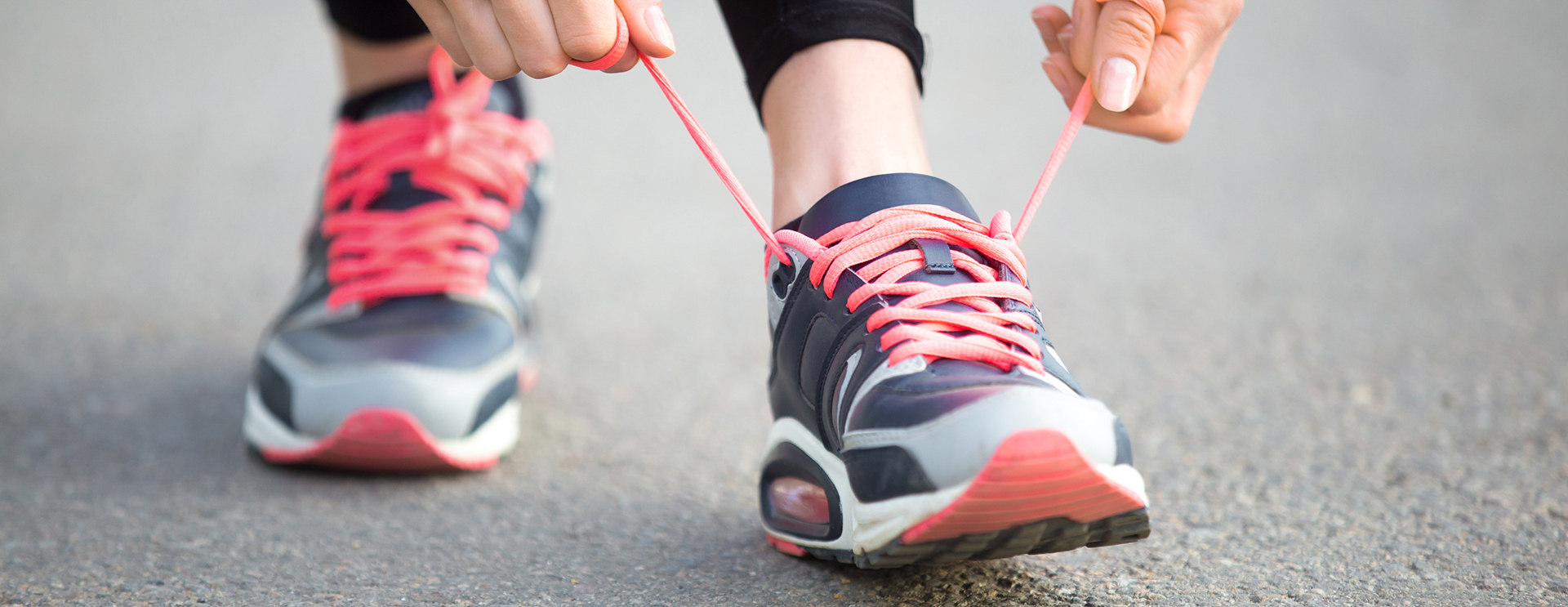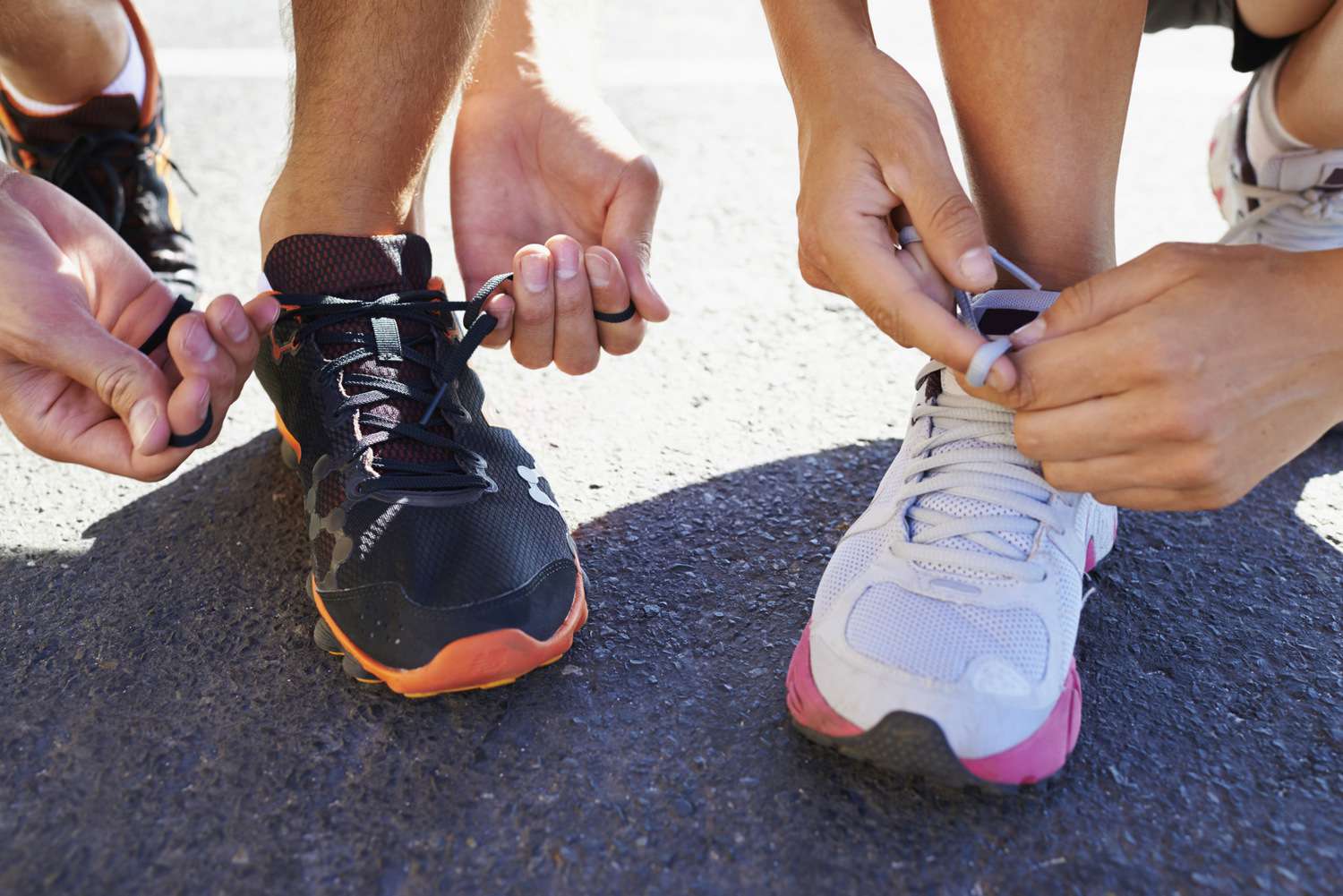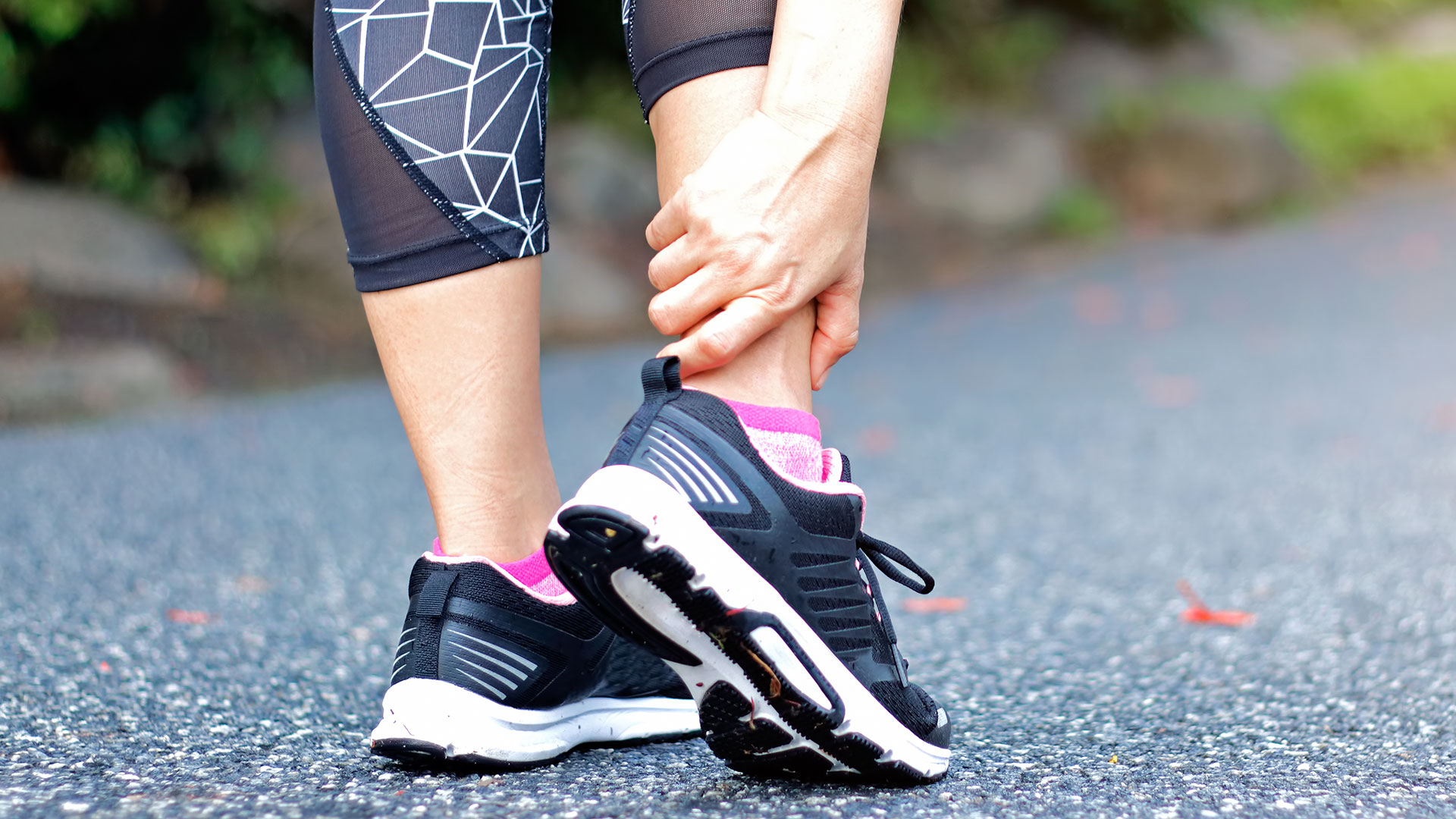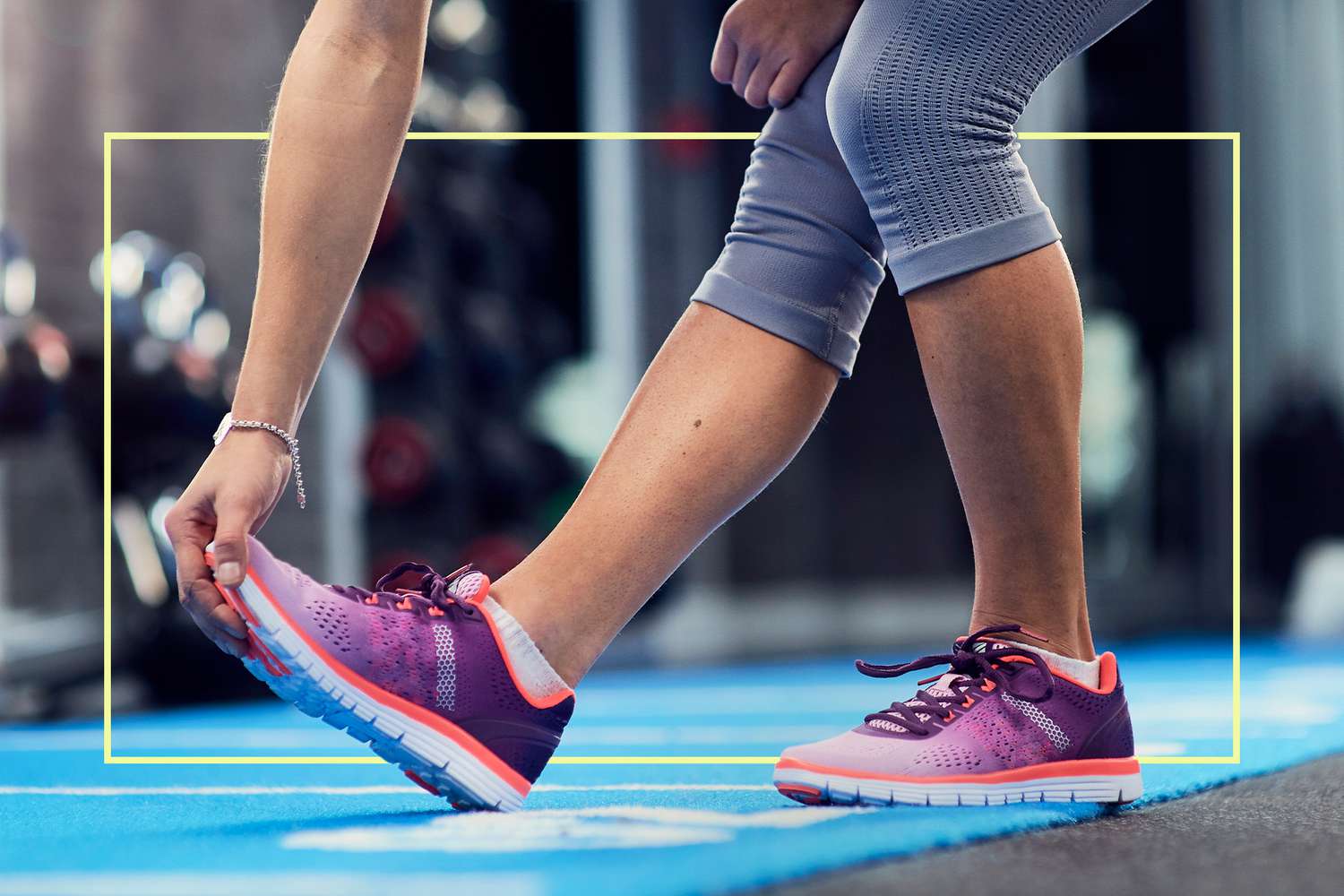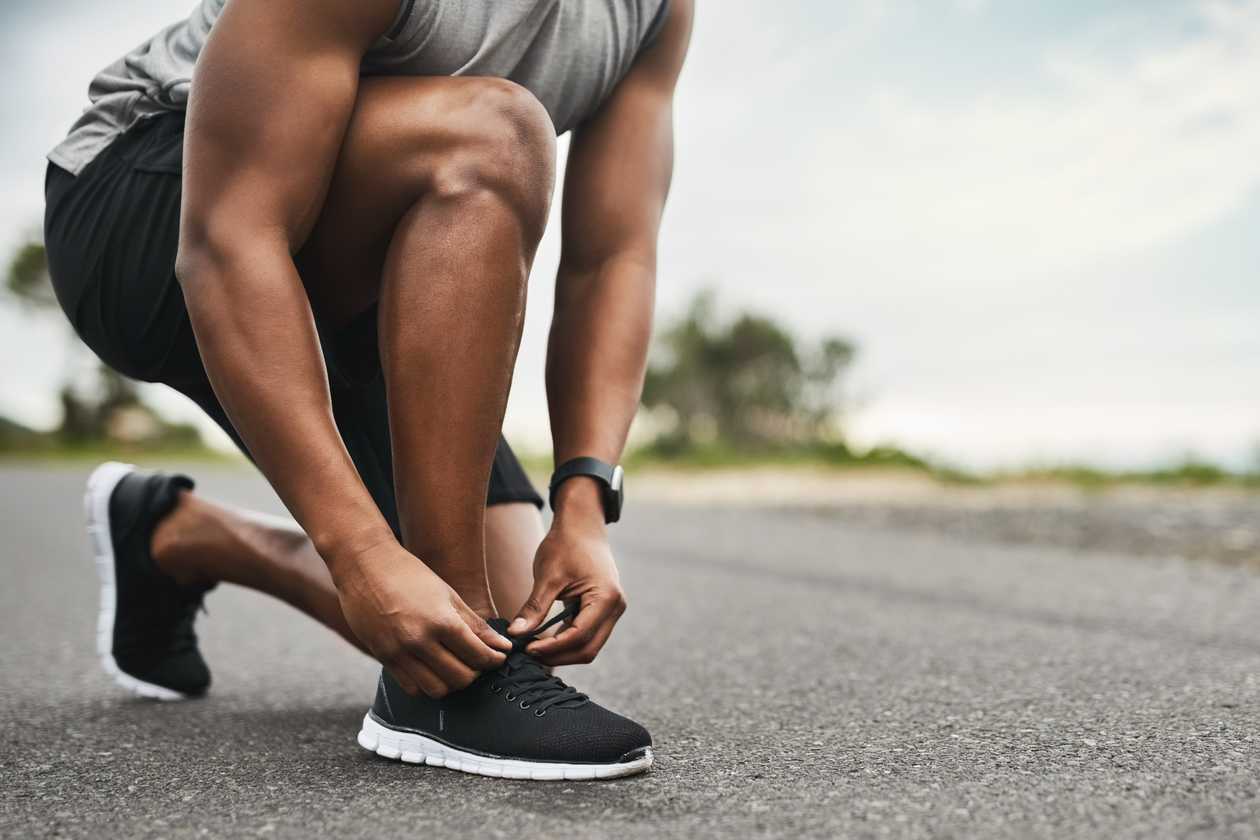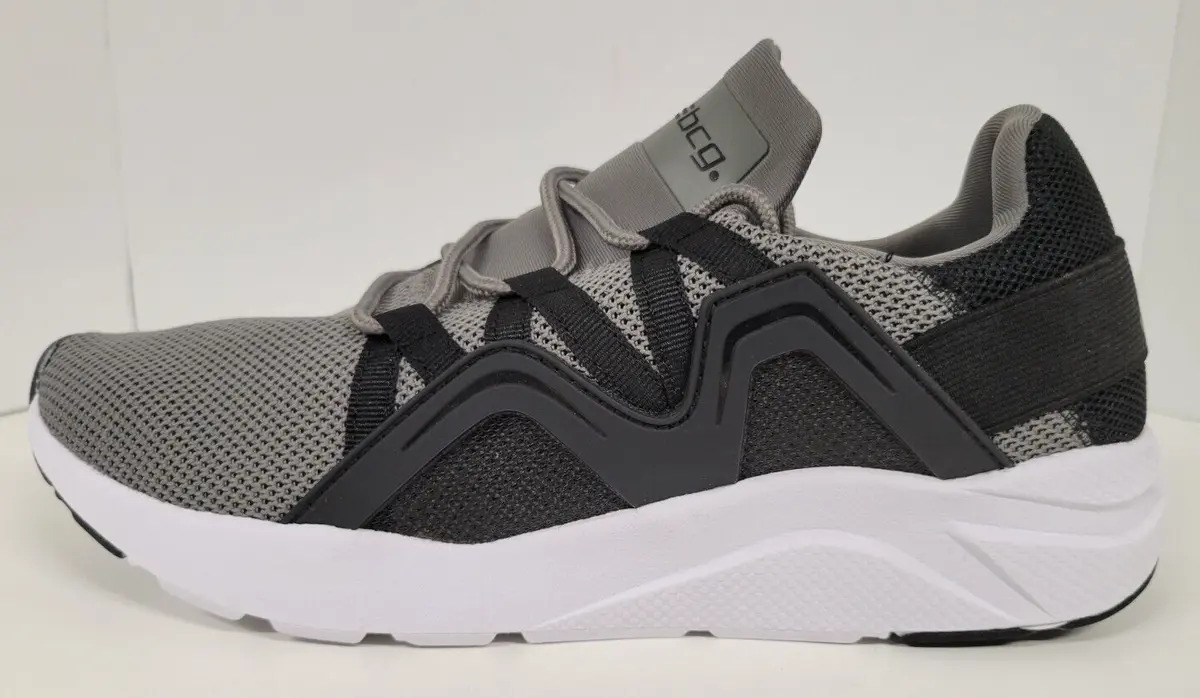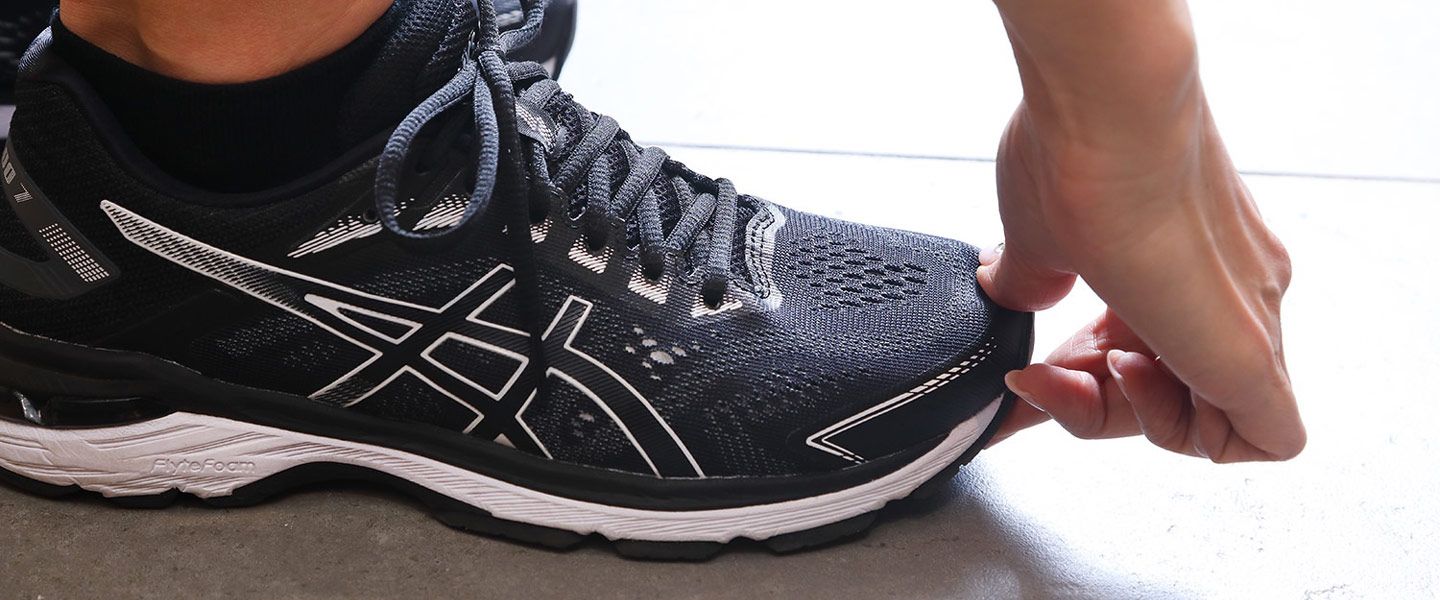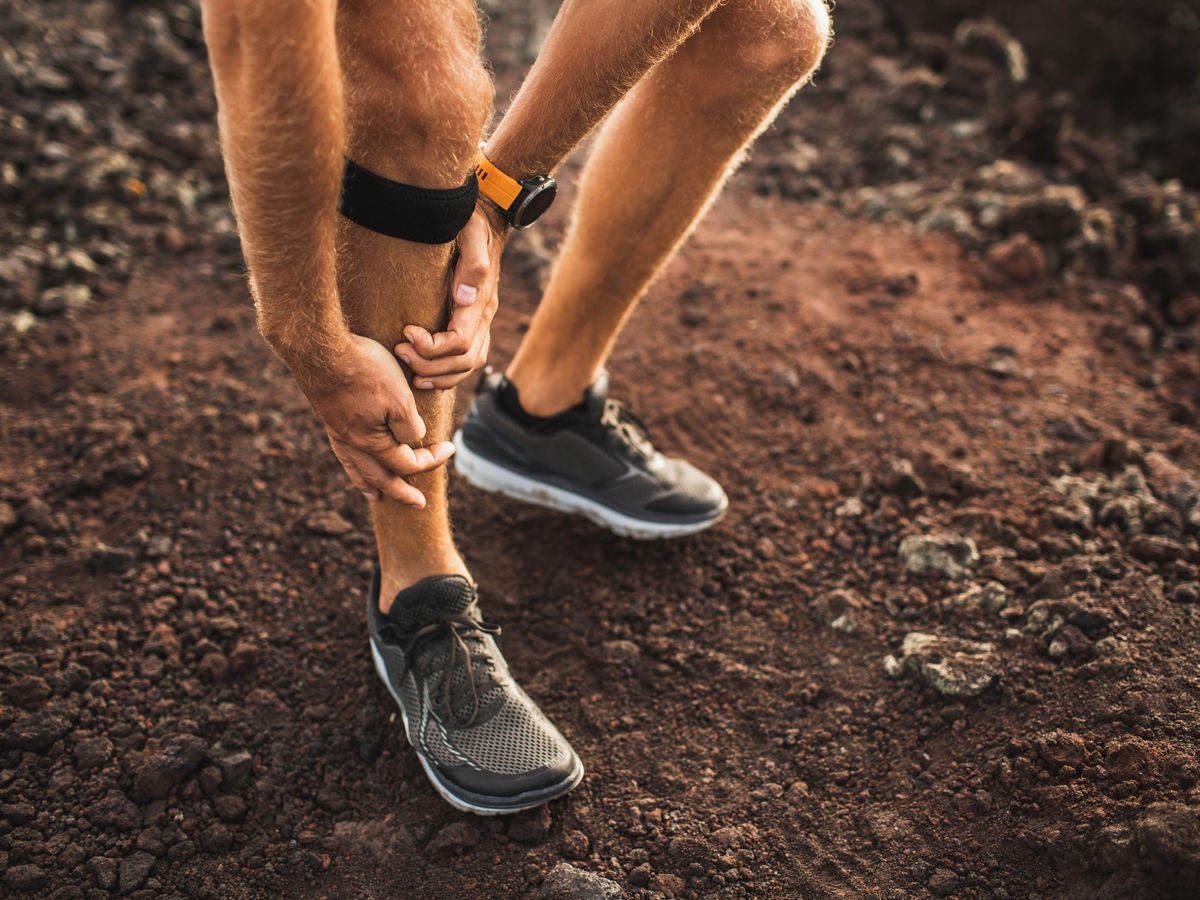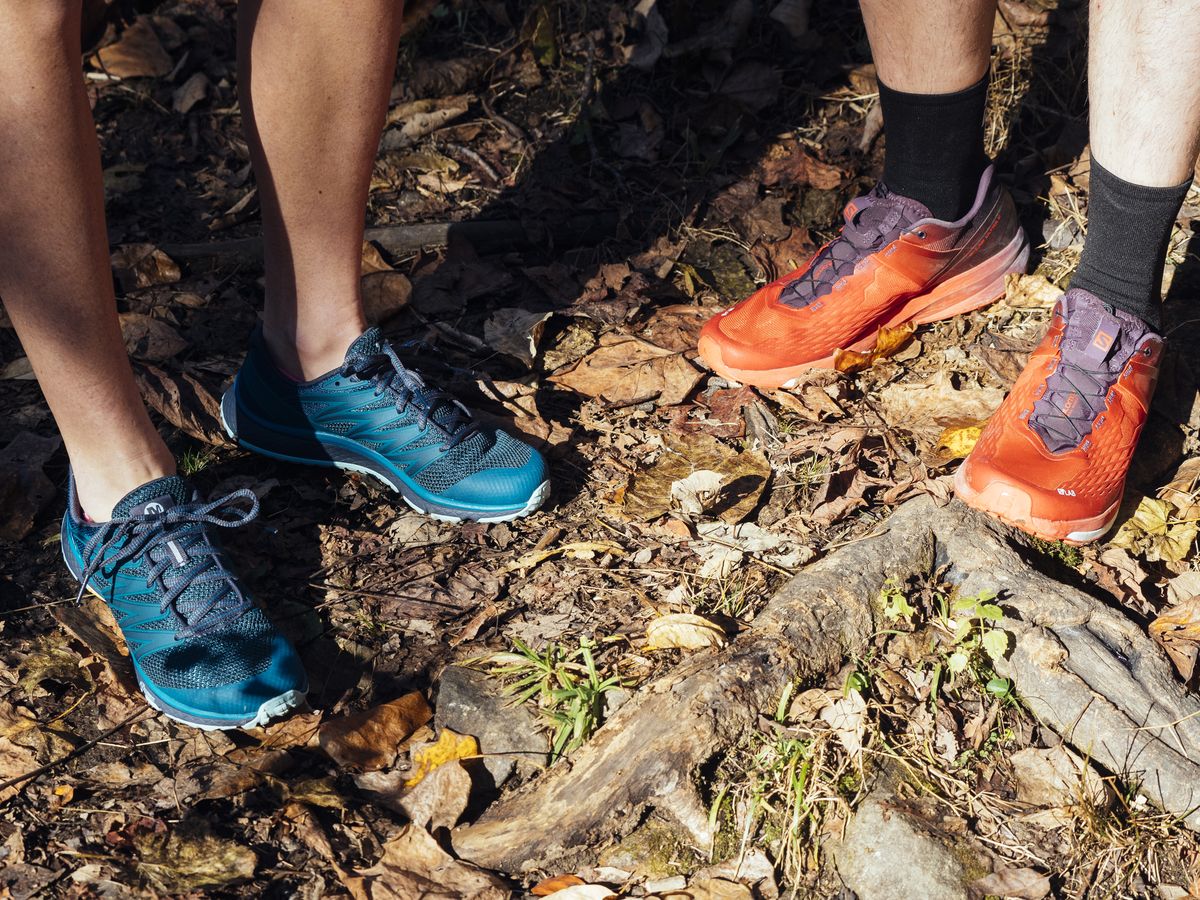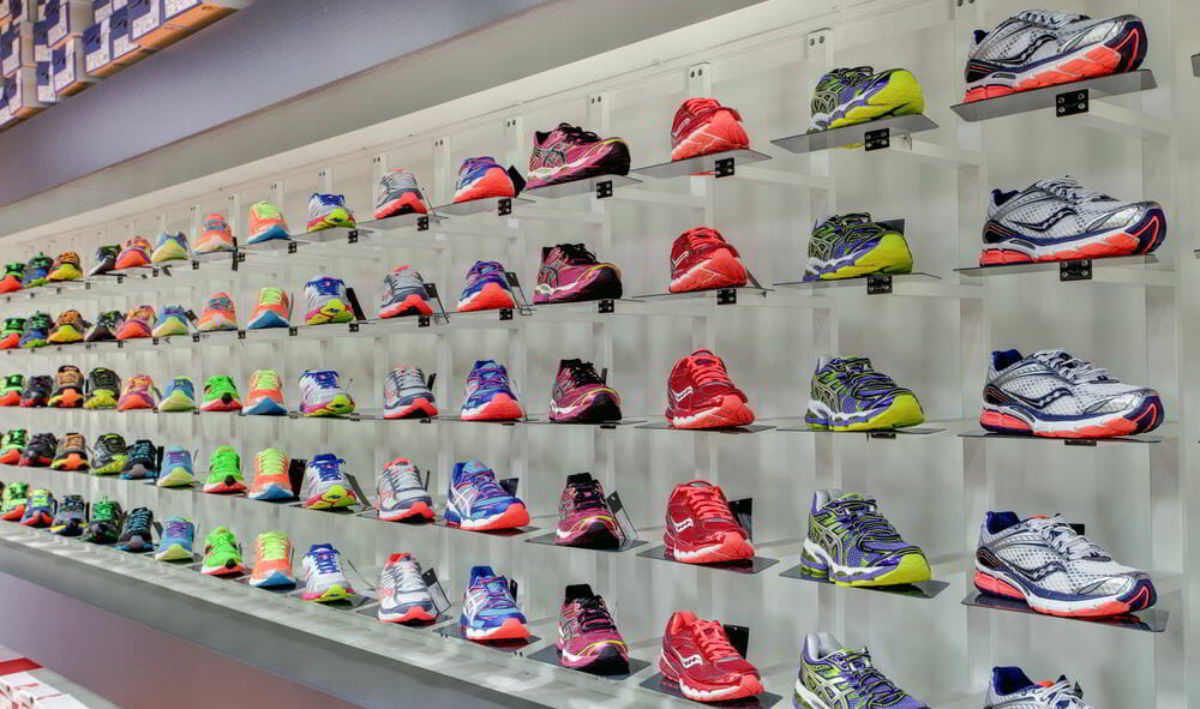Home>Misc>Featured>Which Running Shoes Are Best For High Arches
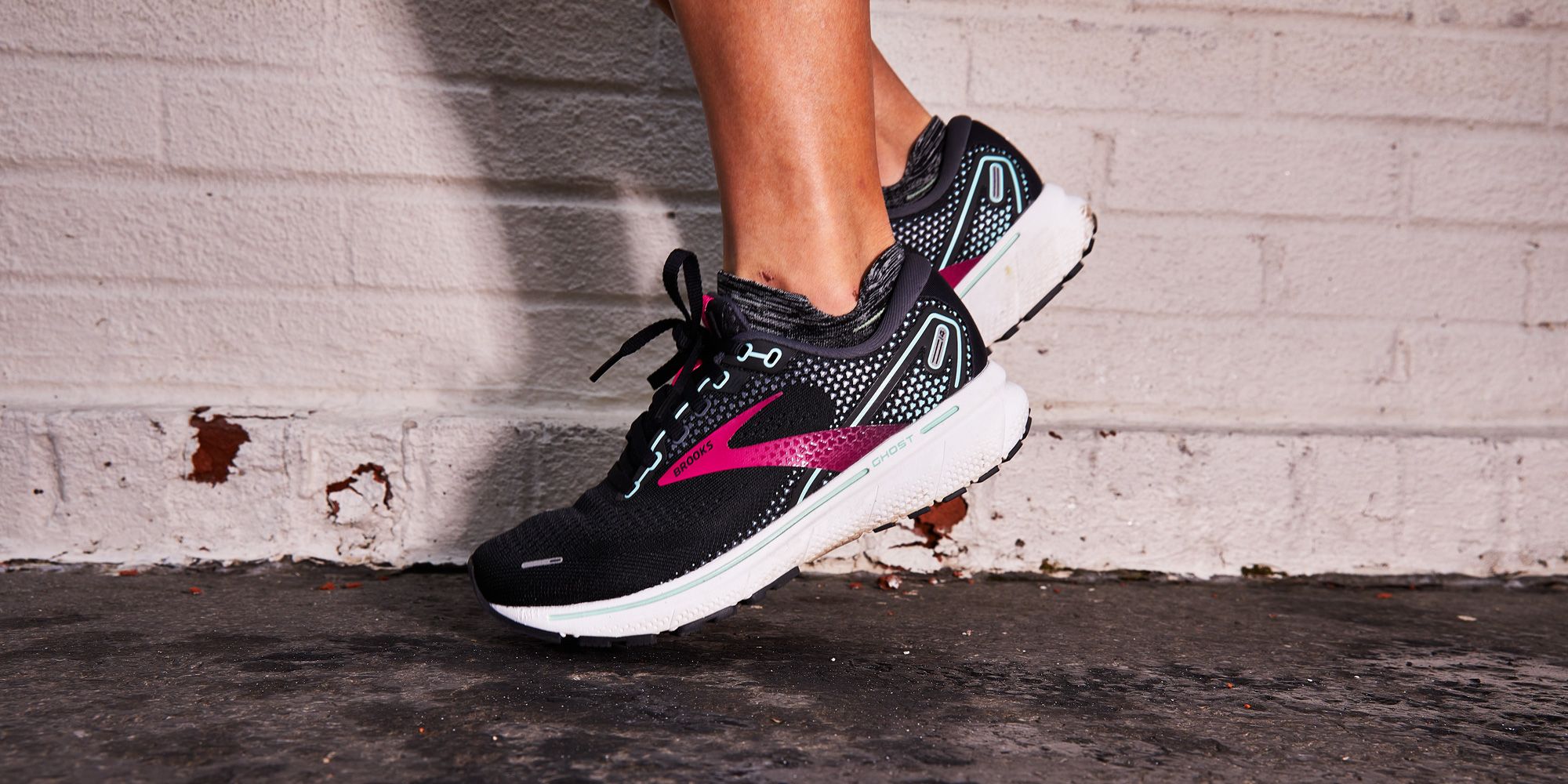

Featured
Which Running Shoes Are Best For High Arches
Modified: May 22, 2024
Find the perfect running shoes for high arches with our featured selection. Discover the best options for optimal comfort and support.
Introduction
When it comes to running, finding the right pair of shoes is essential. And if you have high arches, choosing the proper footwear becomes even more critical. High arches can cause various issues such as foot instability, lack of shock absorption, and increased pressure on certain areas of the feet. But fear not! With the right running shoes, you can minimize discomfort, prevent injuries, and enjoy your runs to the fullest.
Understanding your arch type is the first step in determining which running shoes are best suited for you. High arches are characterized by an elevated arch that doesn’t flatten much when standing or walking. This type of arch tends to have less natural shock absorption, leading to excessive pressure on the balls and heels of the feet.
It’s important to note that having high arches doesn’t necessarily mean you have to give up running or physical activities. With the proper support and cushioning, you can decrease the risk of overpronation (rolling inward) and provide the necessary stability for a comfortable and efficient stride.
The right pair of running shoes for high arches should offer a combination of cushioning, support, stability, and arch support. These features will help distribute the impact forces evenly, absorb shock, and provide proper alignment of the foot.
In this article, we will explore the importance of choosing the right running shoes for high arches and delve into the factors to consider when making your selection. We will also highlight some of the best running shoe brands for high arches and provide recommendations for specific models that are highly regarded in the running community.
So, if you’re ready to lace up and hit the road, let’s dive into the world of running shoes for high arches and find the perfect pair to support your athletic endeavors!
Understanding High Arches
High arches, also known as pes cavus, is a condition where the arches of the feet are significantly raised. This arch type is less common than flat feet or normal arches and can be attributed to various factors such as genetics, neurological conditions, or foot deformities. Understanding the characteristics and potential challenges associated with high arches is crucial in selecting the right running shoes.
A person with high arches will have a visible gap between the foot’s inner side and the ground when standing. The arches are rigid and do not flatten much, even under load. This lack of flexibility can impact the distribution of weight and force while running.
One of the key concerns with high arches is the reduced shock absorption. The foot is less able to naturally absorb the impact forces generated while running, which can result in increased pressure on certain areas of the foot, such as the balls and heels. This excess pressure can lead to discomfort, pain, and even overuse injuries if not addressed properly.
In addition to the lack of shock absorption, high arches can also contribute to foot instability and a tendency to supinate, or roll outward, during movement. This means that the weight is distributed more towards the outer edge of the foot, potentially leading to ankle sprains and other injuries.
It’s important to note that having high arches doesn’t automatically mean you will experience pain or discomfort. Some individuals with high arches may not face any issues and can run comfortably with regular running shoes. However, runners with high arches who experience discomfort or pain should consider shoes specifically designed to address the unique needs of their foot structure.
Understanding how high arches affect your running mechanics and the potential challenges they pose is crucial in making informed decisions when selecting running shoes. The right shoes can provide the necessary support, cushioning, and stability to minimize discomfort and maximize performance.
Importance of Proper Running Shoes
Proper running shoes play a pivotal role in the comfort, performance, and overall well-being of every runner, regardless of their foot arch type. However, for individuals with high arches, selecting the right shoes becomes particularly important. Here’s why:
1. Shock Absorption: High arches commonly result in reduced natural shock absorption. Running shoes designed for high arches are equipped with advanced cushioning systems and materials to help absorb and distribute impact forces more effectively. This cushioning minimizes the risk of discomfort, injuries, and the development of conditions such as plantar fasciitis.
2. Support and Stability: High arches often lead to foot instability and a tendency to supinate (roll outward) during the running gait. Proper running shoes for high arches provide essential support and stability features to counteract these tendencies. This includes structured midsoles and heel counters that promote proper alignment, preventing excessive rolling and reducing the risk of ankle sprains.
3. Pressure Redistribution: The elevated arches of high-arched feet can cause concentrated pressure on certain areas, such as the balls and heels. Specialized running shoes for high arches feature built-in support systems, like cushioned insoles and arch supports, that help spread and distribute pressure more evenly across the entire foot. This helps reduce discomfort and the likelihood of developing conditions like metatarsalgia.
4. Motion Control: High arches can contribute to overpronation, where the foot excessively rolls inward during the running gait. Overpronation can lead to imbalances, instability, and potential injuries. Running shoes designed for high arches often incorporate motion control features, such as reinforced medial posts or stability devices, to help control pronation and promote a more efficient and aligned stride.
5. Comfort and Performance: Running shoes tailored for high arches are designed with the specific needs of these feet in mind. They provide a snug fit, ample cushioning, and excellent arch support, ensuring optimal comfort and minimizing any potential discomfort or pain during running. When your feet are properly supported and comfortable, you can focus on improving your performance and enjoying your running experience to the fullest.
Investing in the right running shoes for high arches is crucial for runners who want to prevent injuries, enhance performance, and maintain overall foot health. By providing the necessary support, cushioning, stability, and pressure redistribution, these shoes can help mitigate the challenges associated with high arches and ensure a more comfortable and enjoyable running experience.
Factors to Consider for High Arches
When shopping for running shoes for high arches, there are several important factors to consider to ensure you find the perfect pair that suits your needs. Taking these factors into account will help you select shoes that provide the necessary support, cushioning, and stability for your unique foot structure. Here are the key factors to consider:
1. Cushioning and Support: Look for running shoes that offer ample cushioning in the midsole and heel areas. This helps absorb shock and provides a comfortable running experience. Additionally, consider shoes with enhanced support features like reinforced arch support, which can help reduce excessive pressure on the arches and promote proper alignment.
2. Stability and Motion Control: Opt for running shoes that provide excellent stability and motion control. Look for features such as structured midsoles, medial posts, or stability devices that help prevent excessive inward rolling (overpronation) of the feet. This promotes a more aligned stride and reduces the risk of injuries associated with high arches.
3. Arch Support and Insoles: Consider shoes that come with removable insoles or have sufficient space to accommodate orthotic inserts. This allows you to customize the level of arch support based on your specific needs. High-quality insoles or orthotics can provide additional arch support and enhance comfort during running.
4. Flexibility: While high arches require stability, the shoes should still offer a degree of flexibility to maintain a natural range of motion. Look for shoes with flex grooves or a responsive outsole that allows for proper foot movement while providing the necessary support.
5. Fit and Comfort: Finding the right fit is essential for any running shoe, regardless of your arch type. Ensure that the shoes have a snug fit in the heel and midfoot while providing enough space for your toes to move freely. The shoes should feel comfortable from the moment you try them on, with no areas of irritation or pressure points.
6. Brand Reputation: Consider reputable brands that specialize in running shoes for high arches. These brands typically have a better understanding of the specific needs of individuals with high arches and design their shoes accordingly. Look for positive reviews and recommendations from other runners with high arches to gauge the overall quality and effectiveness of the shoes.
By carefully considering these factors, you can narrow down your options and find running shoes that offer the perfect combination of cushioning, support, stability, and comfort for your high arches. Remember to try on several pairs and take them for a test run to ensure they meet your requirements before making your final decision.
Cushioning and Support
When it comes to running shoes for high arches, cushioning and support are two vital factors to consider. These features work in tandem to provide the necessary comfort, shock absorption, and stability for runners with high arches. Let’s take a closer look at the importance of cushioning and support and how they benefit individuals with high arches.
Cushioning: High arches typically lack the natural shock absorption found in feet with normal arches. Therefore, it is crucial to choose running shoes that offer sufficient cushioning to compensate for this. Cushioning materials, such as foam or gel, help absorb and dissipate the impact forces generated while running. They reduce the stress placed on the feet and lower legs, minimizing the risk of discomfort, fatigue, and injuries.
When selecting cushioned running shoes, consider models with thicker midsoles and heel areas. Look for shoes that provide a plush and responsive cushioning experience, as this will enhance comfort and reduce the impact on your high arches. However, be mindful not to choose shoes with excessive cushioning, as this can affect stability and potentially lead to ankle instability.
Support: High arches demand additional support to help distribute weight evenly across the foot and provide stability during the running gait. Look for shoes that offer excellent arch support to prevent overpronation and reduce the risk of injuries associated with high arches, such as ankle sprains and plantar fasciitis.
The arch support in running shoes can take different forms, ranging from built-in arch pads or shanks to shoes that allow for the insertion of custom orthotic inserts. These features help maintain the natural alignment of the foot, preventing excessive rolling inward (overpronation) and promoting a more efficient and consistent stride. The support should be well-balanced, offering enough rigidity to control the foot’s movement without compromising overall comfort.
It’s worth noting that the level of cushioning and support needed may vary depending on the individual. Some runners with high arches may prefer maximalist shoes with extra cushioning, while others may find moderate cushioning more suitable. Similarly, the appropriate level of arch support can vary from person to person. It’s important to try on different models and assess how they feel during a test run to determine the optimal level of cushioning and support for your unique needs.
By choosing running shoes that provide adequate cushioning and support, individuals with high arches can mitigate the potential challenges associated with this foot type. These features work together to offer enhanced shock absorption, stability, and proper alignment, allowing runners to enjoy their runs with minimal discomfort and maximum performance.
Stability and Motion Control
For individuals with high arches, stability and motion control are crucial considerations when selecting running shoes. High arches can contribute to foot instability and a tendency to supinate, or roll outward, during the running gait. Finding shoes that offer adequate stability and motion control can help mitigate these tendencies and reduce the risk of injuries. Let’s explore why stability and motion control are essential for runners with high arches.
Stability: High arches are often associated with foot instability, as the rigid arches have a reduced ability to conform to uneven surfaces. This can lead to an increased risk of ankle sprains or other injuries. Stability shoes are designed with features that provide support and structure to help counteract instability and promote a more aligned stride.
When searching for stability running shoes for high arches, look for models with structured midsoles and heel counters. The midsole should be firm enough to prevent overpronation, where the foot excessively rolls inward, while still allowing for a natural range of motion. The heel counter should offer reinforced support to stabilize the rearfoot and prevent unwanted movement.
In addition to the structural features, stability shoes often incorporate technologies such as medial posts, which are denser materials placed on the arch side of the midsole. These posts help control pronation and guide the foot towards a more neutral position. The level of stability needed may vary depending on factors such as the severity of your high arches and your running style, so it’s important to try on different stability shoes to find the right degree of support for your specific needs.
Motion Control: High arches can contribute to overpronation, where the foot excessively rolls inward during the running gait. Overpronation can lead to imbalances, instability, and potential injuries. Motion control shoes are specifically designed to address this tendency and provide maximum support and control for runners with high arches.
When considering motion control shoes, look for models with reinforced stability features. These shoes often have a combination of structural components, such as extra-dense midsole materials and extended medial posts, to control excessive pronation. This helps promote a more aligned stride and reduces the risk of injuries associated with overpronation, such as shin splints or knee pain.
It’s important to note that not all runners with high arches require motion control shoes. While some individuals with high arches may exhibit overpronation, others may have a more neutral or even supinated gait. It’s essential to assess your gait pattern and consult with a knowledgeable professional, such as a running specialist or podiatrist, to determine if motion control shoes are necessary for your specific foot mechanics.
By choosing running shoes that offer stability and motion control, individuals with high arches can improve their overall foot alignment, reduce the risk of injuries, and enhance their running performance. These shoes provide the necessary support and control to allow for a more stable and efficient stride, enabling runners to enjoy their runs with confidence and comfort.
Arch Support and Insoles
Arch support is a critical consideration for individuals with high arches when choosing running shoes. The elevated arches of high-arched feet require additional support to help distribute pressure more evenly and provide stability during running. Let’s dive into the importance of arch support and the role of insoles in optimizing the comfort and performance of running shoes for high arches.
Arch Support: Arch support in running shoes helps maintain the natural alignment of the foot and prevents excessive pronation (rolling inward) during the running gait. For individuals with high arches, the arches do not naturally flatten as much as those with regular or flat arches, leading to an uneven distribution of pressure and potential discomfort.
Running shoes designed for high arches often incorporate built-in arch support features to provide the necessary stability and support. These shoes have arch pads or shanks that offer structural reinforcement under the arch area, promoting proper foot alignment and preventing overpronation.
In some cases, individuals with high arches may require additional arch support beyond what is provided by the built-in features of running shoes. Custom orthotic inserts or aftermarket insoles can be used to address specific arch support needs. These insoles can help provide a more personalized level of support, enhance comfort, and alleviate any discomfort or pain associated with high arches. They can be particularly beneficial for runners with high arches who have varying degrees of arch height or require more targeted support in specific areas of the foot.
Insoles: Insoles, also known as footbeds or inserts, are removable inserts that can be placed inside running shoes to enhance comfort and support. For individuals with high arches, using appropriate insoles can be an effective way to fine-tune arch support and improve the fit and feel of running shoes.
When selecting insoles for high arches, look for models that offer adequate arch support. These insoles typically have a contour or raised area under the arch region to provide targeted support and help maintain the natural foot alignment. Additionally, choose insoles that are made of cushioning materials to provide added comfort and shock absorption.
Some running shoe brands also offer customization options, allowing you to choose the level of arch support that suits your individual needs. These brands may offer insoles with different arch heights or softness options, enabling you to find the perfect fit for your high-arched feet.
It’s important to note that not all running shoes are compatible with aftermarket insoles. Some shoes have non-removable or built-in insoles that cannot be replaced. Therefore, it’s essential to consider the compatibility between your chosen running shoes and the insoles you intend to use.
By prioritizing arch support and utilizing insoles when necessary, individuals with high arches can optimize the comfort, stability, and performance of their running shoes. These components work together to provide the necessary support, align the foot properly, and minimize discomfort or pain associated with high-arched feet, allowing you to run with confidence and efficiency.
Best Running Shoe Brands for High Arches
When it comes to finding the best running shoes for high arches, selecting a reputable and trusted brand is crucial. Certain brands have established themselves as leaders in designing and manufacturing running shoes that cater to the specific needs of individuals with high arches. Let’s explore some of the top running shoe brands known for their high-quality footwear for high-arched feet.
1. Brooks: Brooks is renowned for its commitment to designing running shoes that provide excellent support and cushioning. Their shoes, such as the Brooks Adrenaline GTS and Ghost models, have garnered high praise from runners with high arches. Brooks incorporates features like GuideRails technology, which provides holistic support and keeps your gait in check while maintaining flexibility.
2. ASICS: ASICS is a brand that consistently delivers stability and support in their running shoes. The ASICS Gel-Kayano and Gel-Nimbus models are highly regarded by runners with high arches due to their exceptional cushioning and arch support. These shoes offer a comfortable and plush ride while maintaining stability and preventing overpronation.
3. New Balance: New Balance has a strong reputation for crafting durable and supportive running shoes. Their Fresh Foam and FuelCell series, such as the New Balance Fresh Foam 1080 and FuelCell Propel, provide a perfect balance of cushioning and stability for runners with high arches. These shoes feature advanced cushioning technologies and structured midsole designs to promote a stable and efficient stride.
4. Nike: Nike is known for its innovative designs and cutting-edge technologies. While not all Nike models are suitable for high arches, they offer several options that cater to the needs of runners with high arches. The Nike Air Zoom Structure and Nike Pegasus lines have proven to be favorites among individuals with high arches, providing a combination of stability, cushioning, and arch support.
5. Saucony: Saucony is a brand recognized for its dedication to the running community. Their running shoes, like the Saucony Guide and Saucony Triumph models, are designed to offer a supportive and comfortable running experience for high-arched feet. These shoes feature responsive cushioning and stability features, making them ideal for addressing the unique challenges faced by individuals with high arches.
Remember that finding the best running shoe brand for high arches is not a one-size-fits-all approach. Each brand may have specific models that cater to different foot types and running styles. It’s crucial to try on multiple shoes from different brands to find the one that suits your feet the best. Additionally, consulting with a running specialist or podiatrist can provide valuable insights into the specific shoe models and features that would work well for your high-arched feet.
By choosing running shoes from reputable brands known for their expertise in addressing the needs of high arches, you can have confidence in the quality, support, and comfort of your footwear, allowing you to focus on your runs and achieve your running goals with improved performance and reduced risk of discomfort or injury.
Top Recommended Running Shoes for High Arches
When it comes to specific running shoe models for high arches, there are several highly recommended options available. These shoes have been praised by runners with high arches for their exceptional support, cushioning, and comfort. While individual preferences may vary, here are some of the top recommended running shoes for individuals with high arches:
1. Brooks Adrenaline GTS: The Brooks Adrenaline GTS (Go-To Shoe) is a go-to choice for runners with high arches. This stability shoe features Brooks’ innovative GuideRails technology, providing holistic support and stability while maintaining a comfortable and responsive ride. The cushioning in the midsole offers excellent shock absorption, making it ideal for high-arched feet.
2. ASICS Gel-Nimbus: The ASICS Gel-Nimbus is a popular choice known for its exceptional cushioning and support. This neutral running shoe offers a plush and comfortable feel, thanks to the Gel cushioning system in the heel and forefoot. The Gel-Nimbus effectively absorbs shock and provides excellent arch support for individuals with high arches.
3. New Balance Fresh Foam 1080: The New Balance Fresh Foam 1080 is a versatile running shoe that provides a plush and cushioned ride. With its Fresh Foam midsole technology, this shoe offers exceptional cushioning and a supportive feel. The structured midsole design and generous toe box make it a great choice for high-arched feet that require both stability and comfort.
4. Nike Air Zoom Structure: The Nike Air Zoom Structure is a stability shoe that combines support, cushioning, and responsiveness. The Dynamic Support system in the midsole offers targeted support to control overpronation, making it suitable for runners with high arches seeking stability. The Zoom Air cushioning technology provides a responsive and cushioned ride from heel to toe.
5. Saucony Guide: The Saucony Guide is a stability shoe designed to provide a balanced blend of support and cushioning. It features a dual-density medial post that helps control overpronation and supports the arch. The Everun cushioning system in the midsole provides a responsive and energized feel, making it an excellent choice for high-arched runners looking for stability.
Remember, selecting the right running shoe is a personal choice, and what works for one person may not work for another. It’s important to try on different models and take them for a test run to find the shoe that feels most comfortable and supportive for your specific high-arched feet. Consult with a running specialist or podiatrist for professional advice and recommendations tailored to your specific foot mechanics and running needs.
By considering these top recommended running shoe models, you can narrow down your options and have a starting point in your search for the perfect pair of running shoes for your high arches. These shoes have gained positive recognition for their support, cushioning, and overall performance, giving you the confidence to tackle your runs with comfort and stability.
Conclusion
Choosing the right running shoes for high arches is essential for maintaining comfort, minimizing the risk of injuries, and optimizing your running performance. By understanding the unique challenges associated with high arches and considering the factors such as cushioning, support, stability, and arch support, you can find the perfect pair that suits your needs.
It’s crucial to prioritize cushioning and support in running shoes for high arches. The cushioning should help absorb and distribute impact forces while providing a comfortable ride. Support features, like arch support and stability technologies, help maintain proper foot alignment and prevent overpronation, reducing the risk of injuries.
While many reputable running shoe brands cater to individuals with high arches, it’s important to try on different models from various brands to find the one that fits you best. Brooks, ASICS, New Balance, Nike, and Saucony are among the top recommended brands known for their high-quality running shoes for high-arched feet.
Additionally, consider using insoles, custom orthotics, or other accessories to enhance arch support and personalize the fit of your running shoes. These can provide added comfort and support to address the specific needs of your high arches.
Remember, the ultimate goal is to find running shoes that offer a combination of comfort, support, and stability for your high-arched feet. Consulting with a running specialist or podiatrist can provide valuable insights and help guide you towards the best options for your specific foot mechanics and running style.
By taking the time to research, try on different models, and prioritize comfort and support, you can find running shoes that will help you enjoy your runs, reduce the risk of discomfort or injury, and perform at your best. So lace up, hit the road, and let your high-arched feet carry you towards your running goals with comfort and confidence!
